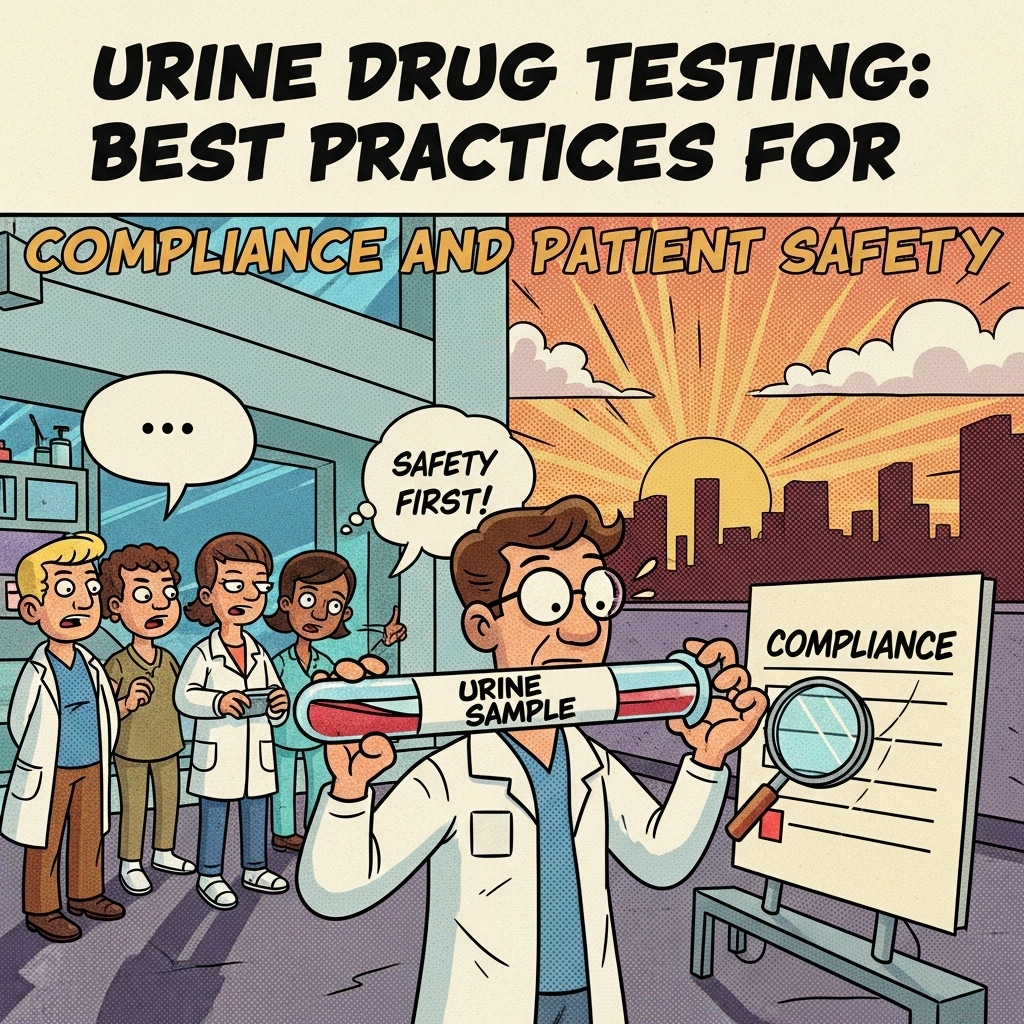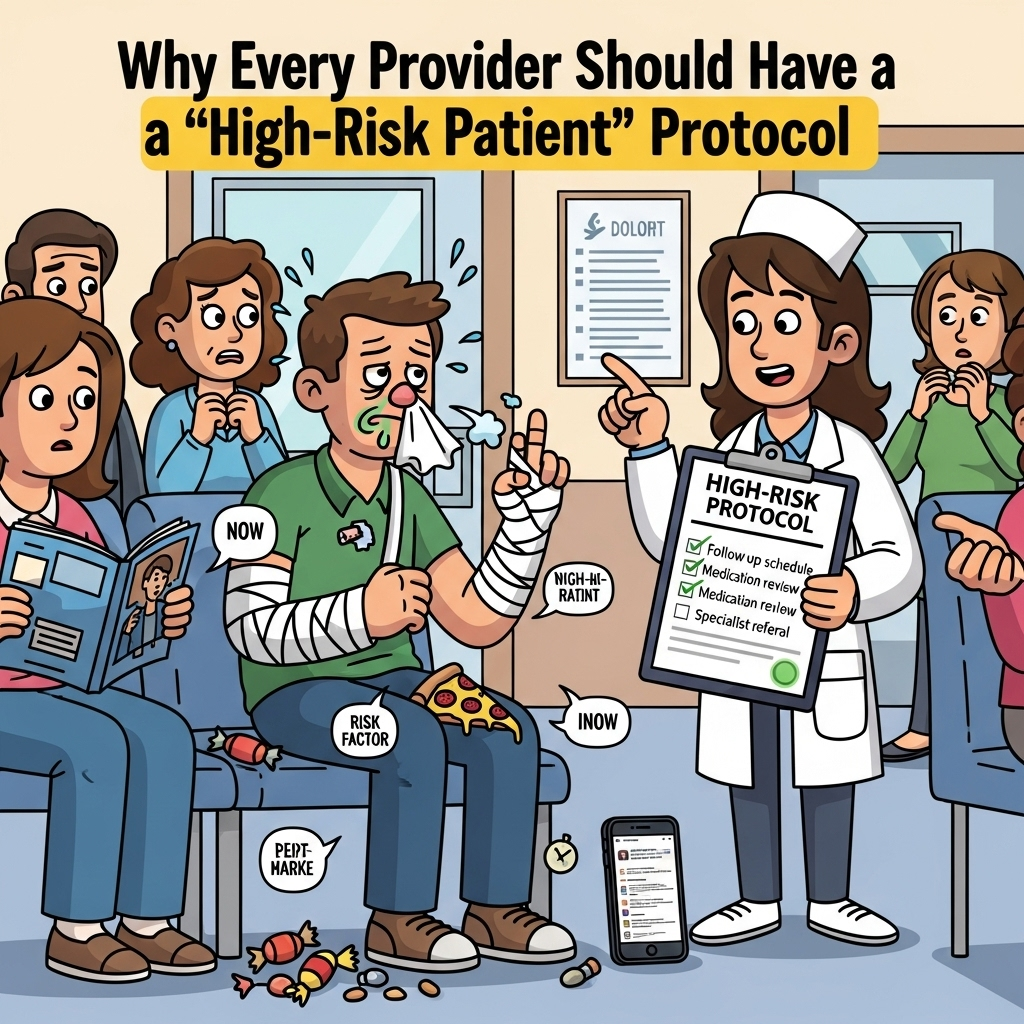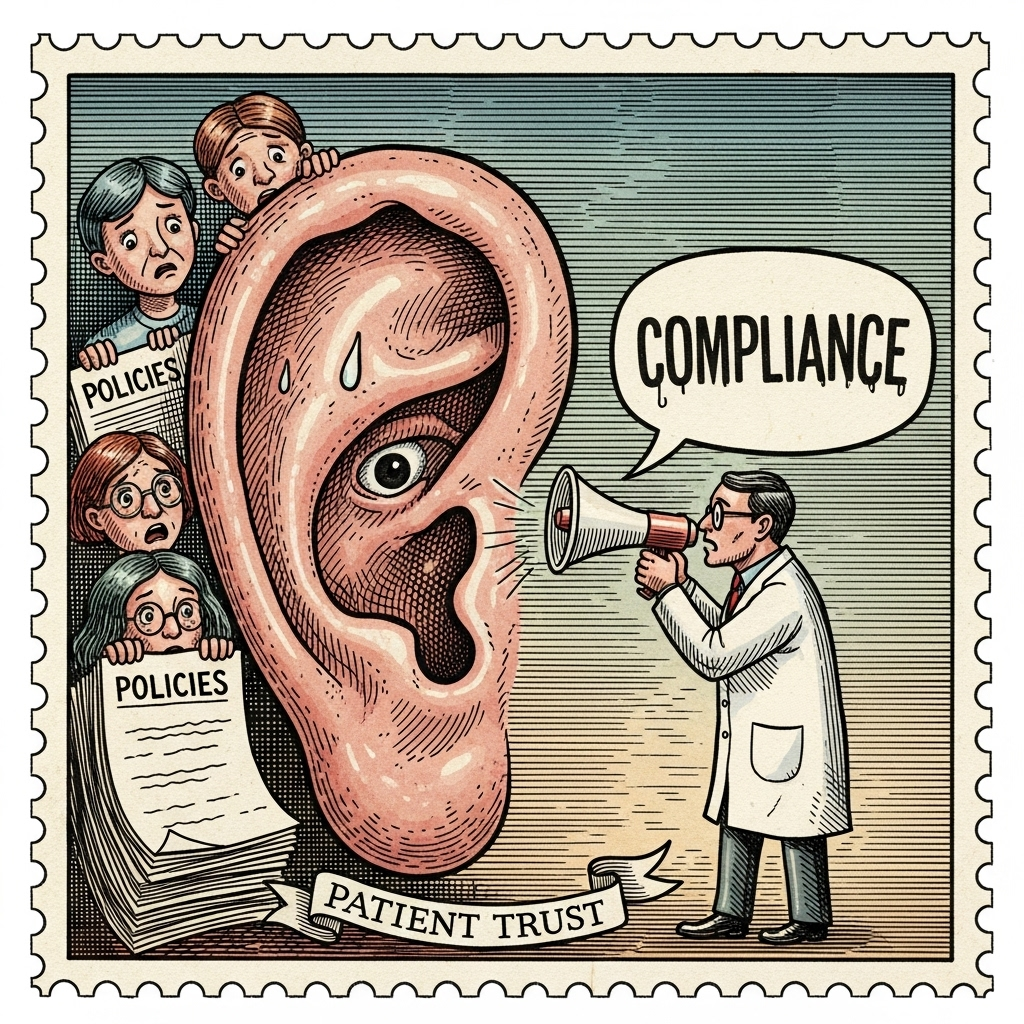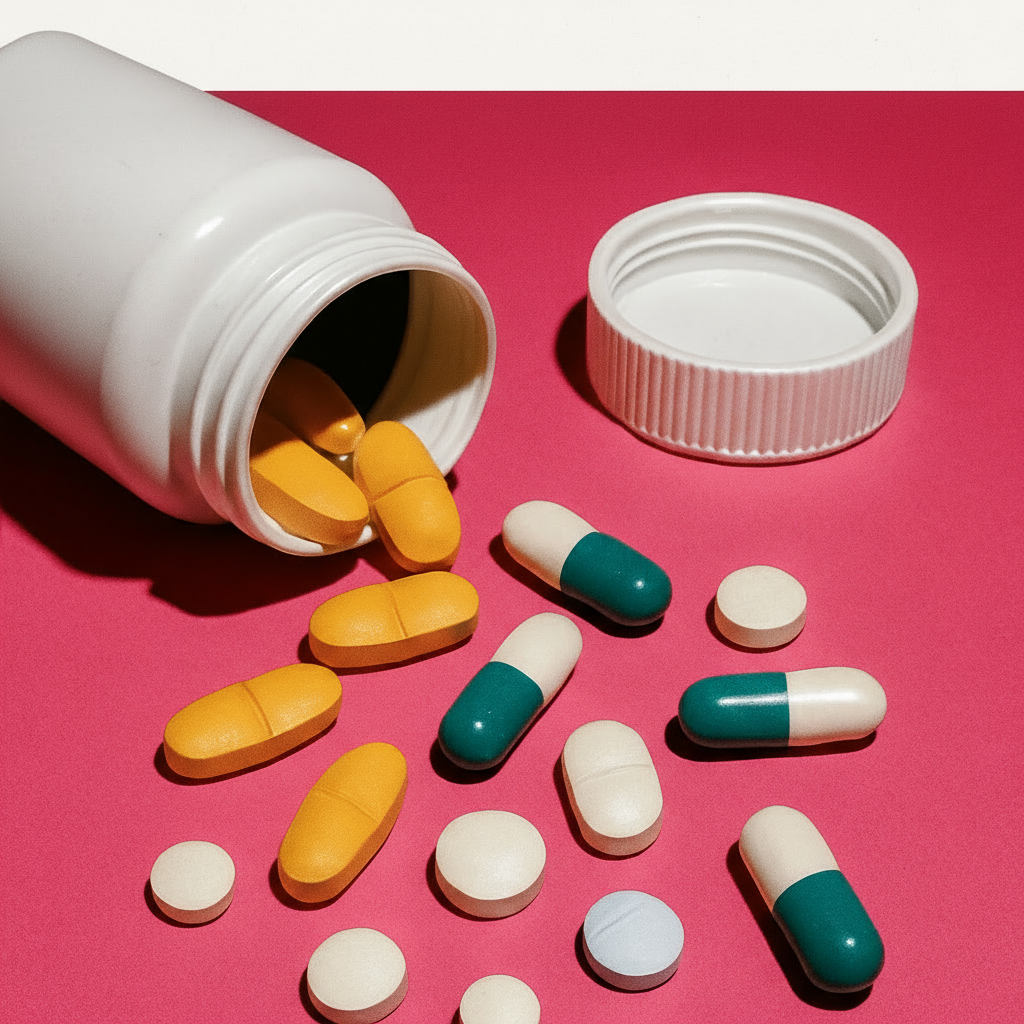
Urine Drug Testing: Best Practices for Compliance and Patient Safety
Doug Jorgensen
March 19, 2025
Introduction: More Than Just a Box to Check
Urine Drug Testing (UDT) is often seen as a regulatory requirement—a task to complete to stay compliant.
But when done right, UDT is far more than compliance paperwork. It’s a vital clinical tool for ensuring patient safety, detecting diversion, and protecting a provider’s license.
The goal isn’t just to “catch” patients—it’s to confirm that treatment is on track and risks are being managed appropriately.
Why Urine Drug Testing Matters
Urine Drug Testing (UDT) plays a pivotal role in modern healthcare, serving as a critical tool for ensuring patient safety, promoting effective treatment, and maintaining regulatory compliance. Its importance extends across various medical specialties, particularly in pain management, addiction treatment, and psychiatry, where controlled substances are frequently prescribed. The multifaceted benefits of UDT can be categorized as follows:
- Verification of Prescribed Medication Use: UDT confirms patient adherence to prescribed medication, ensuring efficacy and identifying diversion. This optimizes treatment and mitigates harm.
- Detection of Non-Prescribed or Illicit Substances: UDT identifies unprescribed or illicit drugs, crucial for preventing dangerous interactions and overdose. Early detection allows for counseling, treatment adjustments, or referral to addiction services, enhancing patient safety.
- Regulatory Compliance: Many states and federal agencies mandate routine UDT for patients on long-term controlled substances (opioids, benzodiazepines, stimulants) due to abuse risk. Non-compliance can lead to severe penalties for providers.
- Risk Mitigation: UDT provides documented evidence of patient monitoring, protecting providers from negligence claims. It helps identify high-risk behaviors early, safeguarding patient health and professional standing, and contributing to a safer prescribing environment.
Best Practices for Implementing UDT
Urine drug testing (UDT) is vital for safe pain management and medication monitoring. Effective UDT requires risk assessment, clear communication, thorough documentation, and accurate confirmatory testing.
- Implement Risk-Based Testing Frequency: Tailor UDT frequency to individual patient risk. Low-risk patients need annual tests, moderate-risk every 3-6 months, and high-risk monthly or more often.
- Foster Clear and Empathetic Communication: Explain UDT as a standard safety measure, not a punitive action. Emphasize its purpose: confirming adherence, detecting illicit substances, identifying interactions, ensuring medication effectiveness, and guiding treatment.
- Maintain Comprehensive Documentation: Document the rationale for UDT frequency, including risk stratification and clinical indicators. Record all results and subsequent actions (discussions, treatment modifications, referrals).
- Utilize Confirmatory Testing When Necessary: Acknowledge immunoassay screen limitations (false positives/negatives). Confirm unexpected results with specific methods like GC/MS or LC/MS/MS for accuracy.
Adhering to these practices enhances patient safety, ensures compliance, and improves care quality for those receiving controlled substances.
Common Pitfalls to Avoid
To ensure compliant and safe urine drug testing, avoid these pitfalls:
- Poor Chain of Custody: Mishandled specimens compromise legal defensibility.
- Testing Without Context: A “one-size-fits-all” approach leads to over/under-testing, compromising care and increasing costs. Tailor frequency to risk.
- Ignoring Results: Documenting abnormal results without clinical action (counseling, treatment adjustment) is a liability. Thoroughly review and act on all results.
- Over-Testing: Excessive testing without clear clinical rationale is unnecessary, exploitative, and can strain resources, burden patients, and lead to dissatisfaction. Justify each test.
- Poor Chain of Custody: Specimen mishandling (collection to storage) undermines legal defensibility and reliability. Adhere strictly to protocols to prevent tampering and mislabeling. Failure invalidates results and creates legal challenges.
Integrating UDT Into Broader Risk Management
Urine Drug Testing (UDT) is vital for responsible controlled substance prescribing, but its effectiveness is amplified by a multi-faceted approach. Integrating UDT with the following practices enhances patient safety, ensures compliance, and improves treatment outcomes:
- Controlled Substance Agreements (CSAs): Formal agreements between prescriber and patient establish clear expectations, including medication details, refill frequency, and patient responsibilities like UDT, pill counts, and follow-up visits. They promote transparency and prevent misuse.
- Prescription Monitoring Program (PMP) Checks: State databases track controlled substance prescriptions, allowing prescribers to identify “doctor shopping,” excessive prescribing, or dangerous drug combinations, mitigating risks and ensuring safe care.
- Regular Pill Counts: Unannounced counts verify adherence and detect diversion. Discrepancies indicate non-adherence or diversion, reinforcing accountability.
- Scheduled Follow-Up Visits: Consistent visits assess patient condition, treatment effectiveness, side effects, and allow for communication, treatment plan re-evaluation, and reinforcement of adherence. They are crucial for maintaining the therapeutic relationship and long-term safety.
This integrated strategy—UDT with CSAs, PMP checks, pill counts, and follow-up visits—creates a comprehensive, proactive approach to controlled substance management, enhancing patient safety and contributing to public health efforts against misuse. It provides a robust framework for monitoring, early detection, and timely intervention.
Ethical Considerations
Urine Drug Testing (UDT) is a vital tool in healthcare, especially for pain and addiction management. However, it requires a strong ethical framework to ensure fair, consistent, and therapeutically beneficial use, preventing mistrust, discrimination, and legal issues.
Fair and Consistent Application:
- Avoid Bias: UDT should be based on clinical protocols and objective criteria, not subjective impressions, biases, or stereotypes. Testing should not be triggered by a patient’s perceived “drug-seeking” behavior.
- Equal Application: Policies must be applied consistently to all patients to avoid discrimination. Standardized protocols, frequency, and consequences should be in place. Written policies should be accessible, and regular audits can identify biases.
Supporting the Therapeutic Relationship:
- Build, Don’t Damage Trust: UDT results should support the provider-patient relationship and inform treatment, not be used punitively.
- Non-Judgmental Approach: When results are unexpected, discuss them openly, educate the patient, collaborate on solutions, and reaffirm care.
- Avoid Hasty Action: Using UDT solely to discontinue care or report to authorities can harm trust, discourage seeking care, and push patients into unsafe practices. Ethical UDT promotes trust, adherence, and patient safety.
Final Thoughts: A Tool for Trust and Safety
Urine Drug Testing, when implemented properly, strengthens the trust between provider and patient by ensuring transparency, accountability, and safety.
It also provides a clear trail of responsible prescribing practices—something every provider should value in today’s regulatory climate.
In the controlled substance arena, your documentation is your best defense, and UDT is one of the most powerful tools you have.
About the Author
Douglas J. Jorgensen, DO, CPC, FAAO, FACOFP
Dr. Doug is a physician, consultant, and national educator on healthcare compliance, controlled substance management, and patient safety. He helps practices create monitoring protocols that meet both clinical and legal standards.


